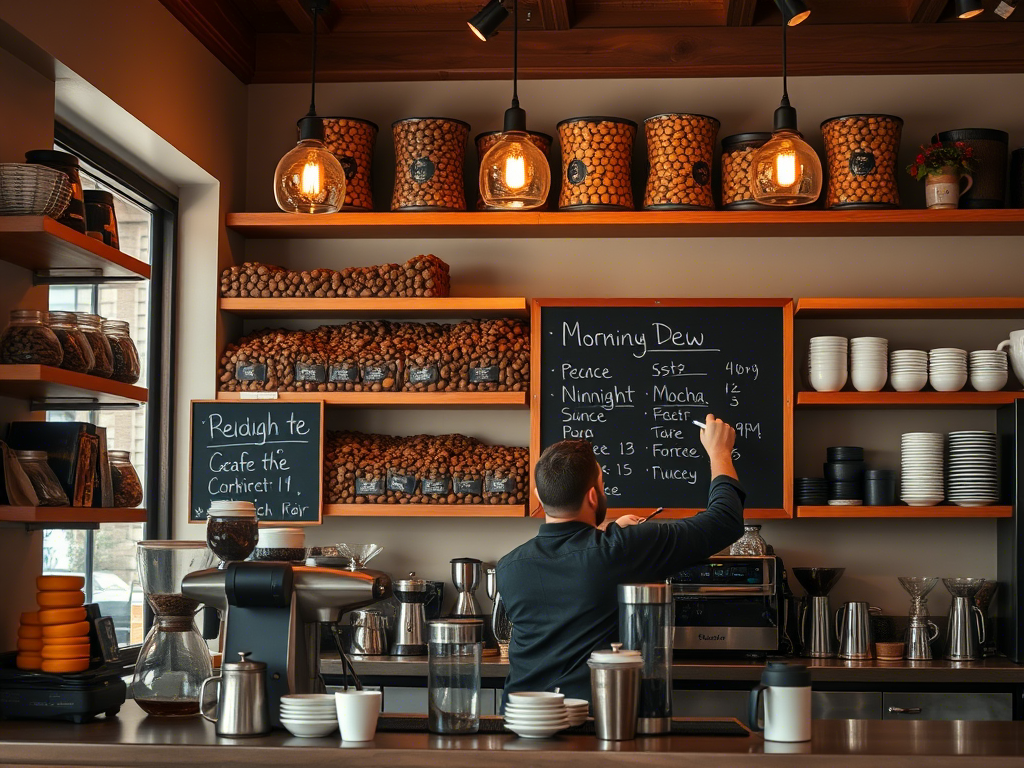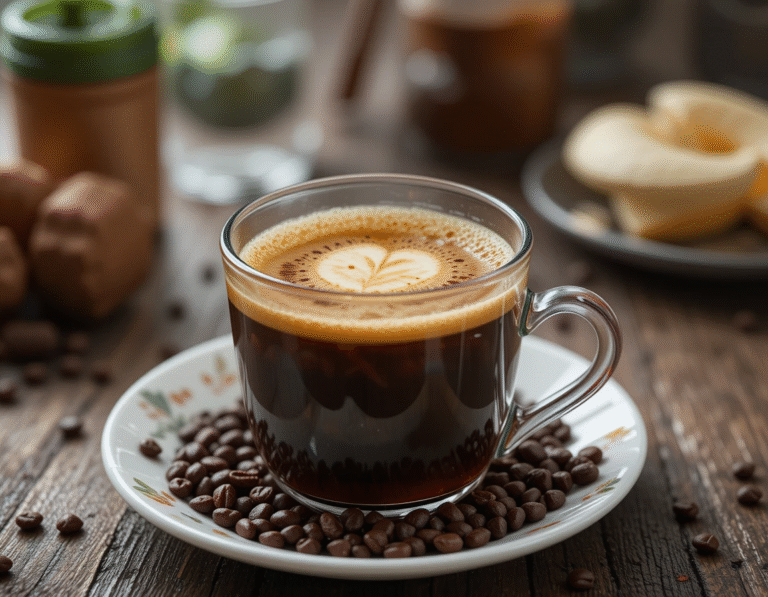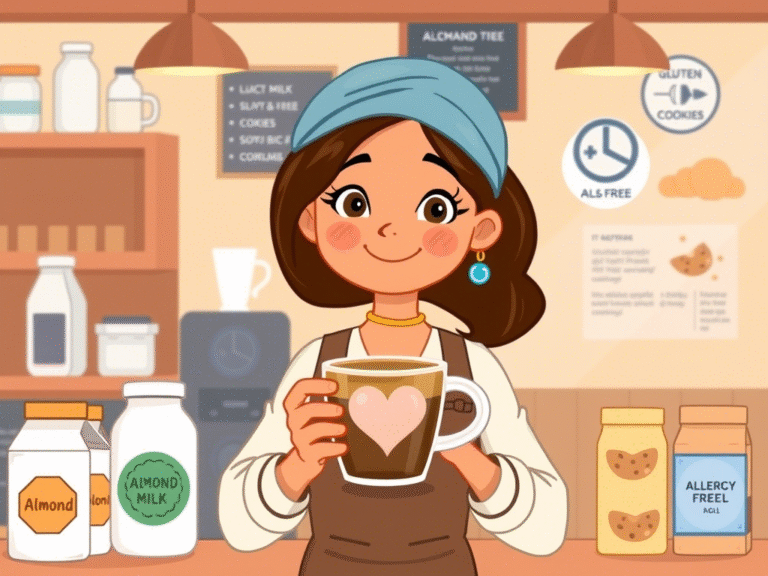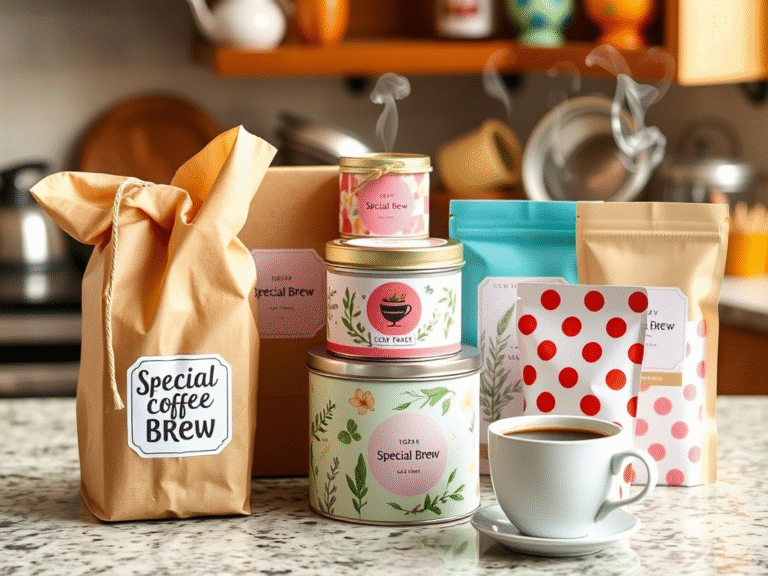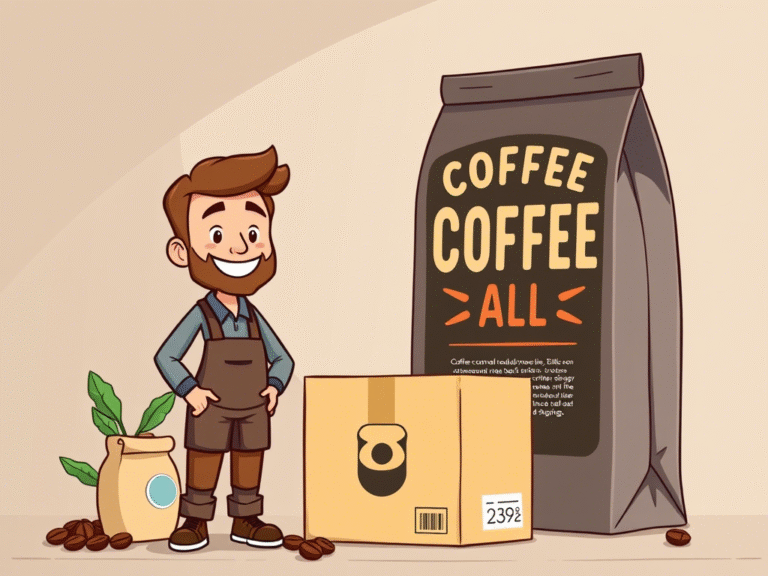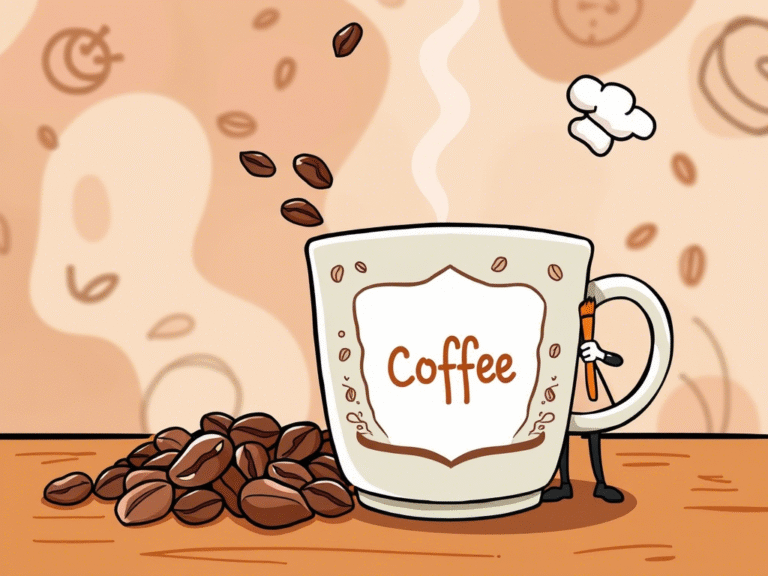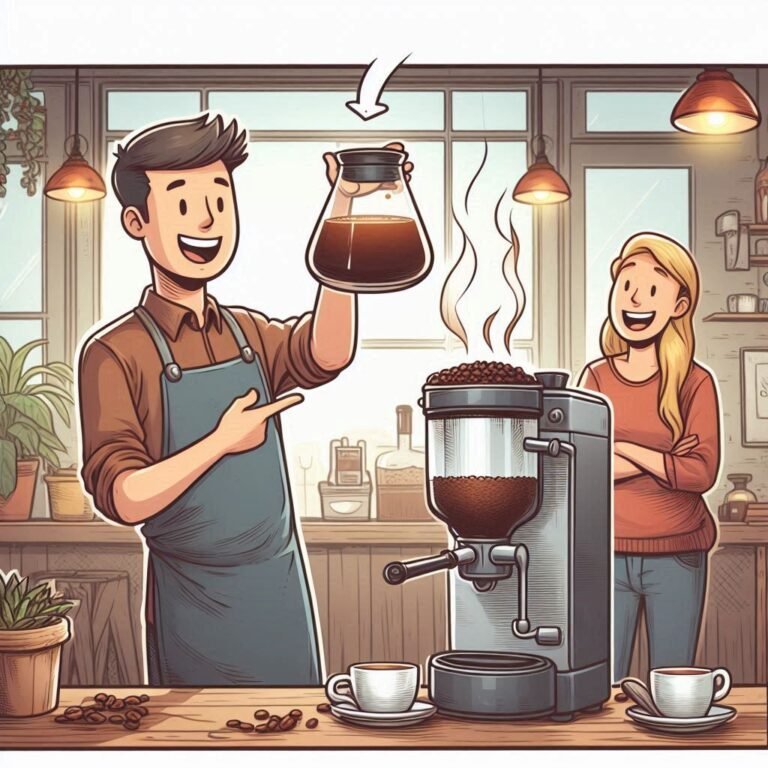What Are Creative Ideas for Naming Your Private Label Coffee?
Have you ever wondered why some coffee brands stay with you, while others disappear from your mind as soon as you put your spoon down? A great name is everything.
It’s the first thing that you notice. It’s what makes them curious enough to sample your product.
I’m going to walk you through how to name your private label coffee in a crafty and strategic manner in this post. In other words, think of it as a success recipe.
You’re about to go deep in the weeds on naming tactics, real-person examples, market trends and actionable tips.
When we’re finished, you’ll be in a position to create a name that not only breaks the mold, but also connects with your audience. Let’s get brewing.
Why Naming Matters More Than You Think
Let me tell you a story. Picture yourself going into a coffee shop. On the shelf you notice two bags of coffee.
One says “Coffee Beans.” The other says “Deja Brew.” Which one catches your eye? Exactly.
A strong product name does more than just refer to your product — it tells a story, evokes emotion, and connects.
In today’s oversaturated coffee market, being different is a requirement. Private label coffee sales totaled $2.2 billion here last year, which means competition is stiff. A good name can be your golden ticket to building a strong base of loyal customers.
Creative Naming Strategies That Work
Now, here’s how to actually think of a name. Here are a few raved-about ways to take a creative yet practical approach.
Coffee-Centric Wordplay
Wordplay is seasoning, like a sprinkle of cinnamon in your coffee, it spices things up. Wordplay, rhymes, and alliteration make names fun and memorable. For example:
- Deja Brew A clever play on the words déjà vu.
- Kick-Start Coffee: An Ideal choice for those who are tired.
- Expresso: A bit of a pun on espresso and express speed.
Why does this work? Because humor and wit are what people remember. And they add personality to your brand.
Brand Story Integration
Your brand has a story. Maybe it’s something from your hometown, your family, or just a personal interest. Use that. Names like Vintage Brews or Grandpa’s Grind suggest nostalgia and authenticity.
When your customers are emotionally attuned to your story, they’re more likely to become loyal to your company.
Descriptive and Thematic Names
Sometimes, simplicity wins. Focus on what makes your coffee unique – where it comes from, its flavor profile, what it feels like to sup. Examples include:
- Mocha Mountain: Aromatic with rich chocolate notes while distinctive for its bold flavor.
- Midnight Java: For those who prefer their dark
These names conjure an image and establish an expectation from the beginning.
Seasonal or Limited-Edition Themes
Seasonal blends work well — they create urgency.” Naming new releases, such as Pumpkin Spice & Everything Nice or Winter Warmers, can play on the holiday spirit and fleeting nature.
This tactic is particularly effective if you intend to launch certain limited edition products at different times of the year.
Target Audience Appeal
Who are you selling to? Or are they intrepid travelers, tone-deaf homebodies or harried professionals? Make your name fit their lifestyle.
For instance:
- Global Grounds is the place for world-itchy coffee addicts.
- Comfort in a cup > The Coffee Hearth is warm and inviting.
Knowing your target audience will allow your name to talk straight to them.
Niche and Trendy Concepts
Consumers today are seeking something different. Emphasize sustainability, single-origin beans or functional benefits (such as added adaptogens).
Names such as Eco Roast or Energy Elixir coincide with current tendencies and mindsets.
This method proves your brand is ahead of the curve and connected with the trends.
Popular Coffee Brand Name Examples
To help inspire some ideas, here is a table full of popular coffee brand names organized by theme:
| Theme | Example Names |
| Wordplay & Puns | Deja Brew, Kick-Start Coffee, Expresso |
| Adventure | Global Grounds, Journey Java, Summit Sips |
| Cozy & Inviting | The Coffee Hearth, Cozy Beans, Warm Mug Café |
| Heritage & Retro | Vintage Brews, Grandpa’s Grind, Retro Roast |
| Speed & Energy | Jet Brew, Caffeine Rush, Quick Perk |
| Seasonal/Festive | Pumpkin Spice & Everything Nice, Winter Warmers |
You’re welcome to borrow ideas or to mix and match themes to fit the flavor.
Market Data & Trends You Can’t Ignore
And now take a step back before making up your mind. Numbers never lie, and they tell us quite a bit about where the coffee industry is going.
Private Label Coffee Growth
Sales of private label coffee reached $2.2 billion in 2024 — up 1.8% from the prior year. In the meantime, total private label sales surged to $271 billion, with the biggest growth in sales coming from private label at a faster rate than national brands.
What does this mean for you? Shoppers are willing to experiment more with store brands now, especially younger consumers who prioritize value and innovation.
European Market Share
In parts of Europe, store-brand products make up almost half of supermarket sales. This highlights the huge opportunity for own brands to win in the marketplace.
Single-Cup Segment Boom
Here’s another attention-grabbing stat: Private label single-cup coffee sales increased 2.4%. Better still, these items are nearly $4 less per unit compared to national brands ($8.67 vs. $12.51). Talk about value!
Top Growth Segments
The growth is coming from beverages, refrigerated foods and everything else in the supermarket. Beverages themselves got a 4% bump, proving coffee is still hot.
Consumer Shifts
New buyers are younger, and they’re changing things. They want value, like trends, and aren’t afraid of trying something new. This changing demographic landscape is a perfect hunting ground for imaginative private label brands.
Key Facts Table
For easy reference, here’s a summary of some of the most important numbers:
| Statistic/Trend | Value/Insight |
| U.S. Private Label Coffee Sales (2024) | $2.2 billion (+1.8% YoY) |
| Total U.S. Private Label Sales (2024) | $271 billion (+3.9% YoY) |
| Private Label Share in Europe | Up to 50% of supermarket sales |
| Single-Cup Private Label Price | $8.67/unit vs. $12.51/unit for national brands |
| Private Label Sales Growth (4 years) | +$51 billion (+23.6%) |
| Top Growth Segments | Beverages (+4%), Refrigerated (+7.5%), General Food (+4.3%) |
| Consumer Shift | Younger, value-seeking, trend-driven |
Tips for Effective Coffee Brand Naming
It’s not just a matter of creativity when it comes to naming. It’s also about being smart. Here is some guidance for practical measures to take:
- Be Unique
Ensure your name isn’t already in use. Identical names confuse customers and can get you into legal trouble.
- Avoid Over-Specificity
Names such as Brazilian Brews may seem cool right now, but what if you start selling coffee beans from other regions? Stay flexible.
- Think Scalable
Will your name still make sense if your brand expands? For instance, “Small Town Roasters” could sound limiting once you break onto the world scene.
- Test with Your Audience
Conduct polls or surveys to test reactions to possible names. Feedback is priceless.
- Keep It Simple
Long, confusing names are difficult to recall. Try to be clear, easy to pronounce syllableically.
Final Thoughts
A good name is the first step toward business success. Use originality, relevance and marketability to create something memorable.
Whether it’s a big box retailer or an independent café, today, the majority of coffee sold is private label.
So, what are you waiting for? Start brainstorming — and don’t worry about being creative.

Hi! I’m Zoey — a foodie, coffee addict, and home chef based in Portland. I’m all about making cooking fun, easy, and a little bit extra. Whether it’s quick weeknight recipes, cozy drinks, or baking experiments, I love sharing what’s happening in my kitchen (even the fails). When I’m not cooking, I’m probably cafe-hopping or testing out new cocktail ideas.

